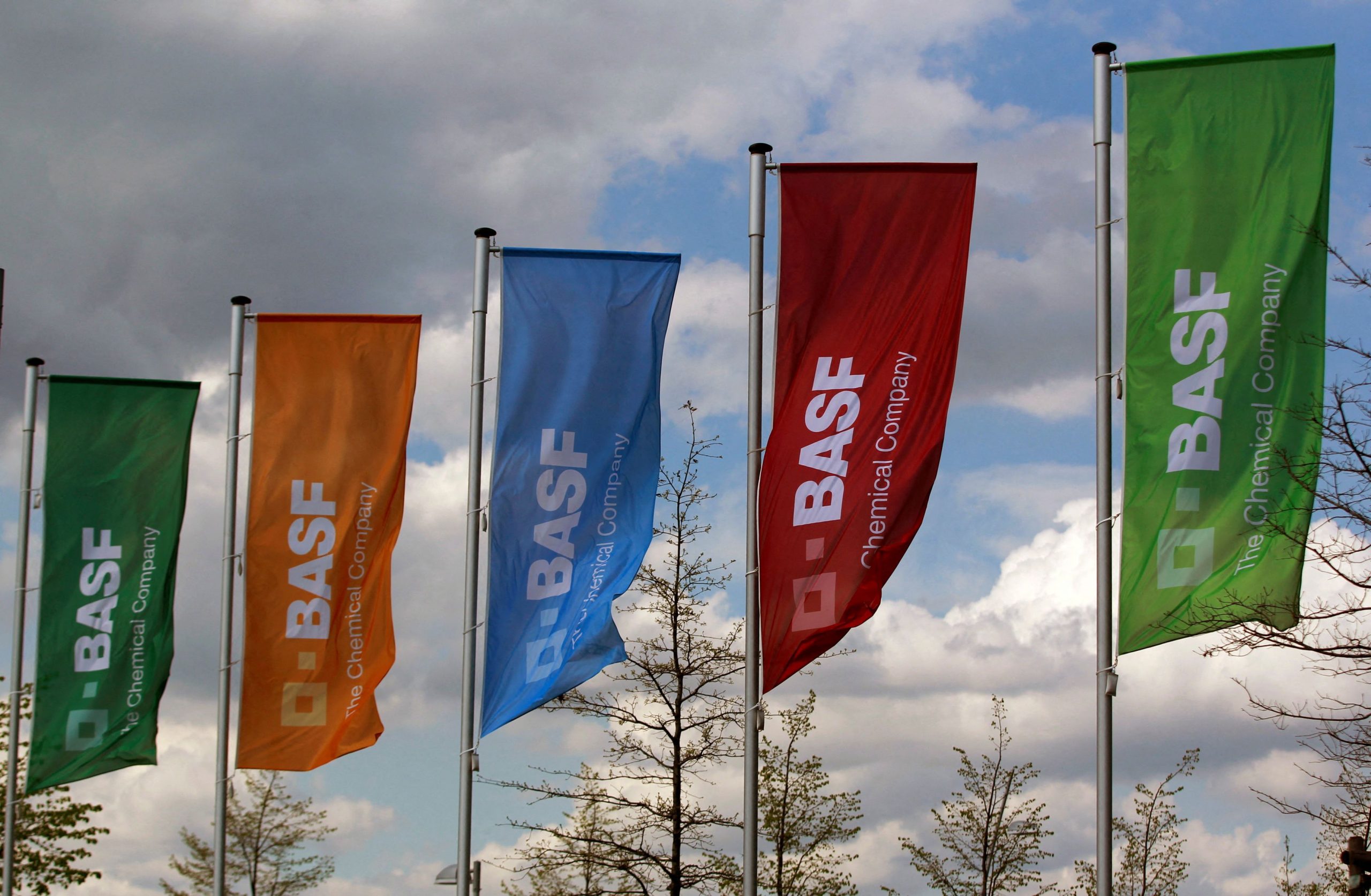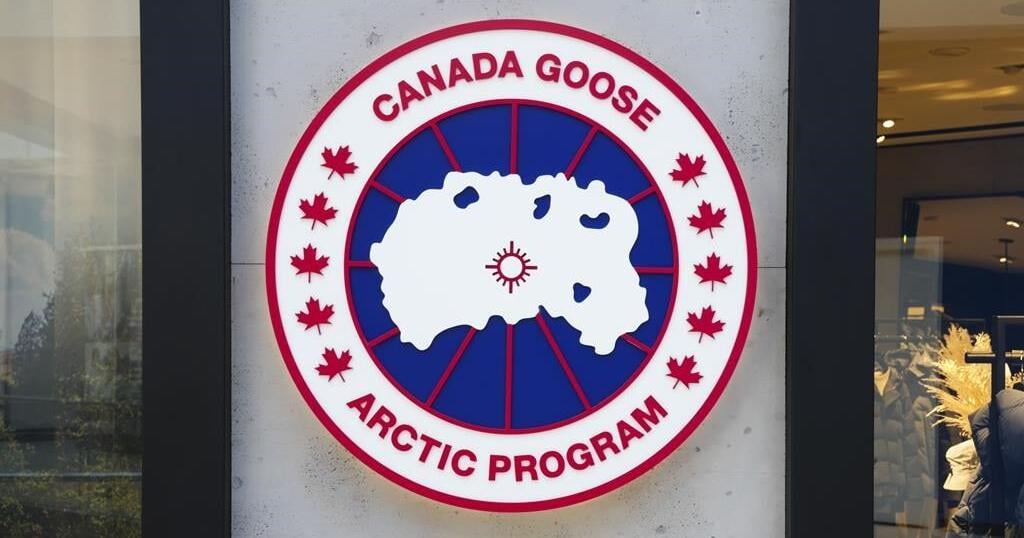BASF SE secured land for a planned battery materials facility in Canada, and the country’s industry minister said on Friday it would be the “first pillar” of the country’s drive to ensure the future of the electric vehicle manufacturing sector.
The German company said the facility in Becancour, Quebec, will produce and recycle cathode active materials (CAM), starting in 2025, to serve electromobility markets in Canada, the United States and Mexico, according to a statement. It did not disclose financial terms. Cathodes are the most complex and costly chemical component of an electric vehicle battery.
Reuters first reported in May of last year that Canada’s government was in early talks with BASF about it tapping a federal clean tech fund to set up production here.
Canada’s Industry Minister Francois-Philippe Champagne, in a telephone interview, confirmed the government planned on supporting BASF’s “substantial” investment, without providing details.
“I see BASF as being the first pillar of the battery ecosystem in Canada,” Champagne said. “It’s certainly a substantial investment, both for the company and for us… as the federal government.”
BASF last September predicted its battery materials revenue would reach more than 1.5 billion euros ($1.64 billion) by 2023 and more than 7 billion euros by 2030 as electric vehicle production surges.
BASF, in partnership with Japan’s Toda Kogyo Corp, already produces CAM at two locations in North America – Ohio and Michigan – including nickel cobalt aluminum oxide and nickel cobalt manganese oxide.
Rich in key materials for EV battery production – including lithium, graphite, cobalt and nickel – Canada has been wooing battery makers to safeguard the future of its car manufacturing industry as the world seeks to cut emissions.
Champagne said BASF’s investment in Canada’s electric vehicle battery ecosystem is the first “in a series,” adding that the aim was to make Becancour a hub, linking Quebec to the heartland of Canada’s automotive industry in Ontario.
Ontario is geographically close to U.S. automakers in Michigan and Ohio, and General Motors Co, Ford Motor Co and Stellantis NV have all announced plans to make electric vehicles at factories in Ontario.
“Both Quebec and Ontario… will be joined when it comes to the automotive sector of the future,” he said. “We’re building around Becancour kind of the full ecosystem of the critical minerals you need to produce a battery… that’s why you’ll see more to come,” Champagne said.
($1 = 0.9164 euro)
(Reporting by Steve Scherer in Ottawa and Ludwig Burger in FrankfurtEditing by Matthew Lewis, Paul Simao and David Gregorio)
Related
































